What you do need to know is that exercise will help with at least 90% of the symptoms of menopause, including hot flushes, anxiety, sleep, brain fog, and painful muscles and joints.
Due to the decrease in estrogen levels when we hit menopause we are at a higher risk of heart disease and osteoporosis. These two diseases are silent so we cannot see or feel them in the early stages but they both need addressing since prevention is sometimes easier than cure.
I have worked with both cardiac patients and women suffering from osteoporosis. If these people had the knowledge that we now have at our fingertips, would they have taken preventative measures? Of course they would.
What exactly should you be doing?
Let's break it down. We need to look after our:
Joint health
Heart health
Bone health
Muscles
Mental health
Joint health
Gentle mobility will help with joint health. Ankle circles, knee bends, shoulder rolls, spine twists, hand circles and fist clenching on a daily basis will help keep your joints lubricated. MOTION IS LOTION! The more you move the better you will feel. It is advisable to practice this mobility before doing any type of exercise as it will help the performance of your joints and muscles.
Heart health
Any activity that makes you breathless is great for your heart health. Guidelines suggest that you should do 20 to 30 minutes of a physical activity that will make you breathless 3 to 4 times per week. Don’t worry – this can be broken down into smaller segments. If going to the gym or a studio class fills you with dread then have a look at your day and see where you can slot in an activity to get your heart pumping.
Ditch the elevator and take the stairs
Walk up the escalators rather than standing on them
Get off the bus or the train one or two stops before yours and walk just that little further
Make your home your gym - when you hoover put on some music and go for it!
If you have stairs in your home, take two at a time or run up them
If you already take the stairs or walk a lot, pick up the pace!
Make a date with a friend to meet for a coffee (or other) and go for a walk first
Bone health
Resistance training – using your own body weight, resistance bands, fixed resistance weights in the gym, free weights or even just lifting bottles of water will do it!
The major sites of osteoporosis are hips, wrist, and spine, so all of these areas need to be targeted. Try these simple exercises:
Press ups
Tricep dips
Lunges
Squats
Back extensions
Resisted rowing
How much should you be doing? 3 x 12 repetitions of 2-3 sets each week, but not on consecutive days. You need a rest day in-between resistance exercises.
Start with press ups then work your way down the list and repeat three times.
High impact exercises, such as running and jumping will also help strengthen your bones in your hips and lower spine. However, if you do have osteoporosis it is not advised to undertake prolonged high impact work.
Muscle health
Stretching is one of the major components of fitness and is too often overlooked. If you are starting to feel stiff and achy then some simple stretches will really help, as each muscle crosses a joint. Therefore, if that muscle becomes tight then that joint along with the muscle will feel stiff and painful. Make sure your muscles are warm before stretching and hold each stretch for at least 15 seconds.
Mental health
Getting fitter and stronger will also do wonders for your mental health. However, there is something else you need to address: taking time out to be calm.
When we hit menopause our ovaries stop producing estrogen and our adrenal glands step in to help out, which means these glands can become overworked. These overworked glands will contribute to us feeling stressed, tired and overwhelmed, so need to do our best to avoid this.
Meditation is talked about a lot these days but if you feel that sitting down with your legs crossed and chanting is not for you then don’t worry, you can find your own type of meditation. There are plenty of meditation apps available to download and just 10 minutes of practice each day could help. Also just sitting quietly, taking time for yourself and breathing will do the job.
Try this:
Sit somewhere quiet and close your eyes, put a timer on for 10 minutes
Sit comfortably – or even lie down
Close your eyes, breathe in through your nose and out through your mouth. Do this slowly and count each breath until you get to 10
Do not worry if you go over and find you are at 15 or even 30, just start again and don’t give yourself a hard time. It's okay for your mind to wander, just come back to your breathing and try and concentrate on it
If you do this for 10 minutes each day it will help calm your body, mind and adrenals.
Rev up your metabolism
If you exercise and become stronger, it will not only benefit your heart, bones, mental health and symptoms of menopause; it can also help you build muscle tone and raise your metabolism. The more muscle mass you have the more fat you will burn at rest
When we exercise 'feel-good receptors' in our brain are stimulated and endorphins are released. Therefore, you will feel good immediately after your activity and if you exercise regularly this feel-good effect will last over a longer period of time. Women can feel strong and empowered during their menopause if they exercise.
Before undertaking any new exercise regime please make sure you receive the okay from your GP.
---
This blog was written by Jane Dowling, a clinical exercise specialist and menopause advocate. She helps women manage menopause through exercise and lifestyle changes through her site MENO&ME. To find out more visit https://www.menoandme.com
If you enjoyed this post let us know on social media by tagging @elvie and @menoandme. Or if you're ready to invest in your self-care get your hands on an Elvie Trainer, our award-winning Kegel trainer.


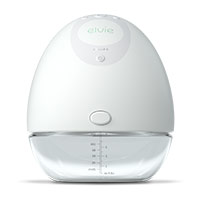
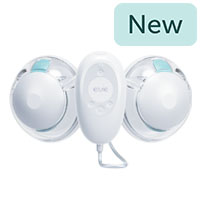
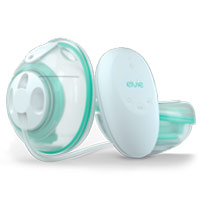
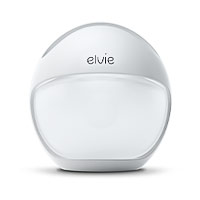
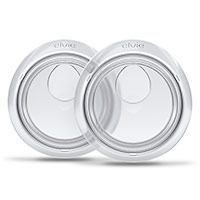
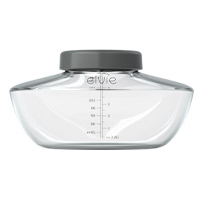
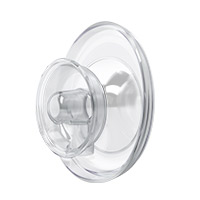

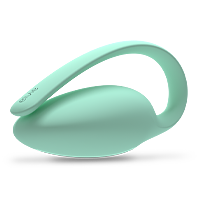
 6 minute read
6 minute read